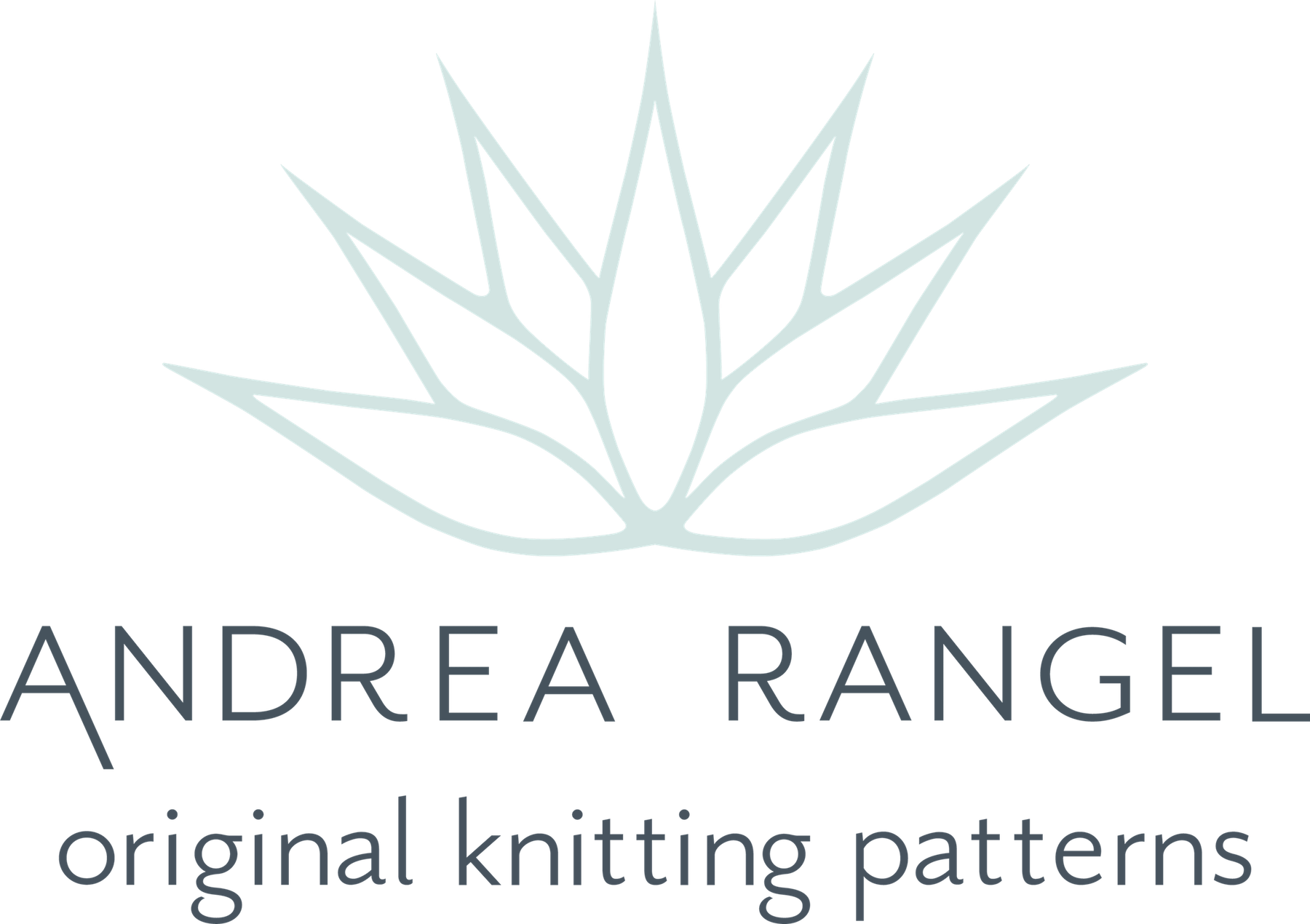Cowichan-style Sweater Progress
It's been a very busy summer, but I'm finally getting back to my plan to make myself a Cowichan-style sweater, and I'm hoping to get it done in time for fall sweater weather. (Here's my first entry about this sweater.)
I originally thought I wanted a pullover with pockets, but decided I really want to go for the traditional Cowichan look, so I've settled on a cardigan with a zipper closure.
I'm going to keep most things about the sweater traditional. That means that I'll knit it bottom-up with the body and sleeves knit separately with modified drop shoulder construction. (I have to ask Sylvia, but I think the sleeves are attached using a crochet technique.) The sleeves will be knit in the round, and I'll have pockets, garter facings and hems, and the traditional garter shawl collar. I'll also be using three bands of color work, a smaller one on bottom, a wider one in the middle, and a smaller one mirrored at the shoulders. The color work will be strong geometric designs rather than an animal or other organic motif.
The Salish knitting tradition includes a lot of improvisation and adaptability, so I don't feel bad straying from the standard a bit. I want really deep pockets, so instead of placing the pocket opening directly above the first color work section, I'm going to put it just below the middle section. It's a little high for pocket openings, but I've had sweaters with high pockets before, and I still use them. I've also decided that instead of doing all the math for this myself, I'll use Ann Budd's Handy Book of Sweater Patterns as a guide for the numbers. The book has seamed sweaters, so I'll have to modify my version to be seamless, but since I'm making this sweater as a learning activity rather than as a design for sale, I'm happy to let another designer do the calculating for me. I plan to make the 36" drop shoulder sweater. The other thing I'll do differently is to modify the color work style. Sylvia taught me how to do it the traditional way, but I prefer to use two hands to do basically the same thing.
I'm working on charts for the motifs you can see in the sketch above, and I'll share those here. I won't be writing a pattern for this, but if you'd like to knit along, pick up a copy of The Knitters Handy Book of Sweater Patterns, get some lofty super bulky wool (Imperial Yarn Bulky 2-Strand and Briggs and Little Country Roving are a couple commercially-available yarns that might work; an un-spun roving is probably the best choice), and stretch yourself! This is going to be a lot more Elizabeth Zimmerman-ish than I usually go for, but I love a challenge - how about you?

Here's some of the wool I'm going to use! This wool is pretty much the best thing about this whole project. I'm so honored (and spoiled!) to be able to knit with wool that Sylvia spun herself!
I've said this before, but if you're interested in the history of this tradition, the very best source of info is Sylvia Olsen's Working With Wool: A Coast Salish Legacy & the Cowichan Sweater.
In my next post about this sweater, I'll post my color work charts and talk about modifying the instructions for a seamed sweater to be seamless.


